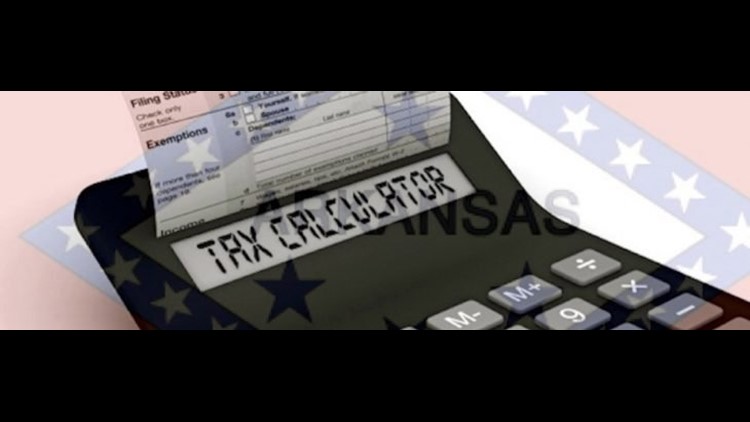LITTLE ROCK (KFSM) — Robust holiday sales receipts bolstered tax collections in December after Arkansas budget officials revised the state’s official general revenue forecast heading into the upcoming fiscal session that begins in early February.
In December, Arkansas net available general revenues jumped 11.5%, or by $53.7 million above year-ago levels to $521.1 million, which is also $23.7 million or 4.8% above the revised forecast.
That left year-to-date available general revenues through the first six months of fiscal 2018 at $2.69 billion, or $74.5 million and 2.8% above year ago levels.
Just a month ago, Arkansas Department of Finance & Administration (DFA) Director Larry Walther advised the state Legislative Council (ALC) that net available revenues for fiscal year 2017, which ended on July 31, now total only $5.34 million, a decrease of $19 million or 0.4%.
The year-end adjustments left the official general revenue forecast for fiscal 2018 at $5.45 billion, but resulted in selected changes to gross revenues, income tax refunds and set-asides for the state’s Educational Adequacy fund based on final fiscal year sales tax collections.
In his note to the legislature, Walther advised that the new 2018 revenue forecast is an increase of $104.4 million, or 2% from year ago levels, but noted that sales and use tax collections and corporate income tax filings were below forecast through the first fourth months of the fiscal year.
According to Walther, economic models employed by DFA indicate continued growth in key economic drivers for revenue gains in Arkansas with moderate job gains and rising wage income.
He predicted that private sector job growth will decelerate slowly over the next two years as the state labor market tightens and rising interest rates constrain activity and rates of new investment.
“High-growth areas of the state will continue to drive state averages higher in jobs, income, and growth in local labor force,” Walther predicted.
“Rising wages in core sectors plus slight acceleration in inflation explain the forecast pattern of acceleration in nominal incomes and consumption over a period of decelerating job growth.”
Walther said the Arkansas economy remains near the national average growth rate after maintaining a stable footing in earlier phases of the recovery. He said forecasts for state growth indicate nominal growth of 3.5% to 4.5% “in a low but rising inflationary setting.”
To see more state economic data, visit Arkansas Talk Business & Politics.



